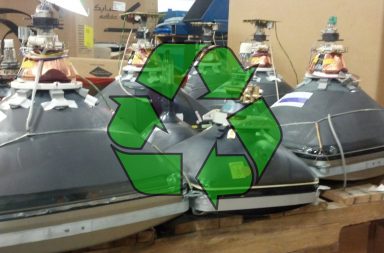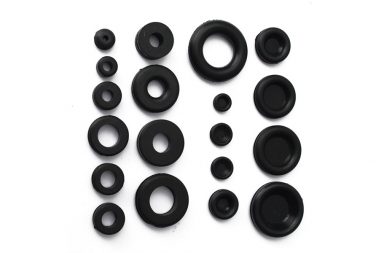Unlocking the secrets to keeping your lawn green
You take pride in your lawn. You consider yourself lucky to have high grade soil, and the grass grows green and freely. But how do you maintain it? There are several things you need to do. The first – not surprisingly – is watering.
No, watering your lawn isn’t exactly a complicated process. But a common mistake is to perform the task lightly and frequently. In fact, it is better to do it heavily when it’s really necessary. That’s because the water won’t really penetrate the soil as needed when you take the former approach. You need to water enough to soak six to eight inches deep, enabling the roots to grow deep into the ground. Of course the various soil types have different needs but as a general rule of thumb, water the grass until there is about an inch of H2O above the ground.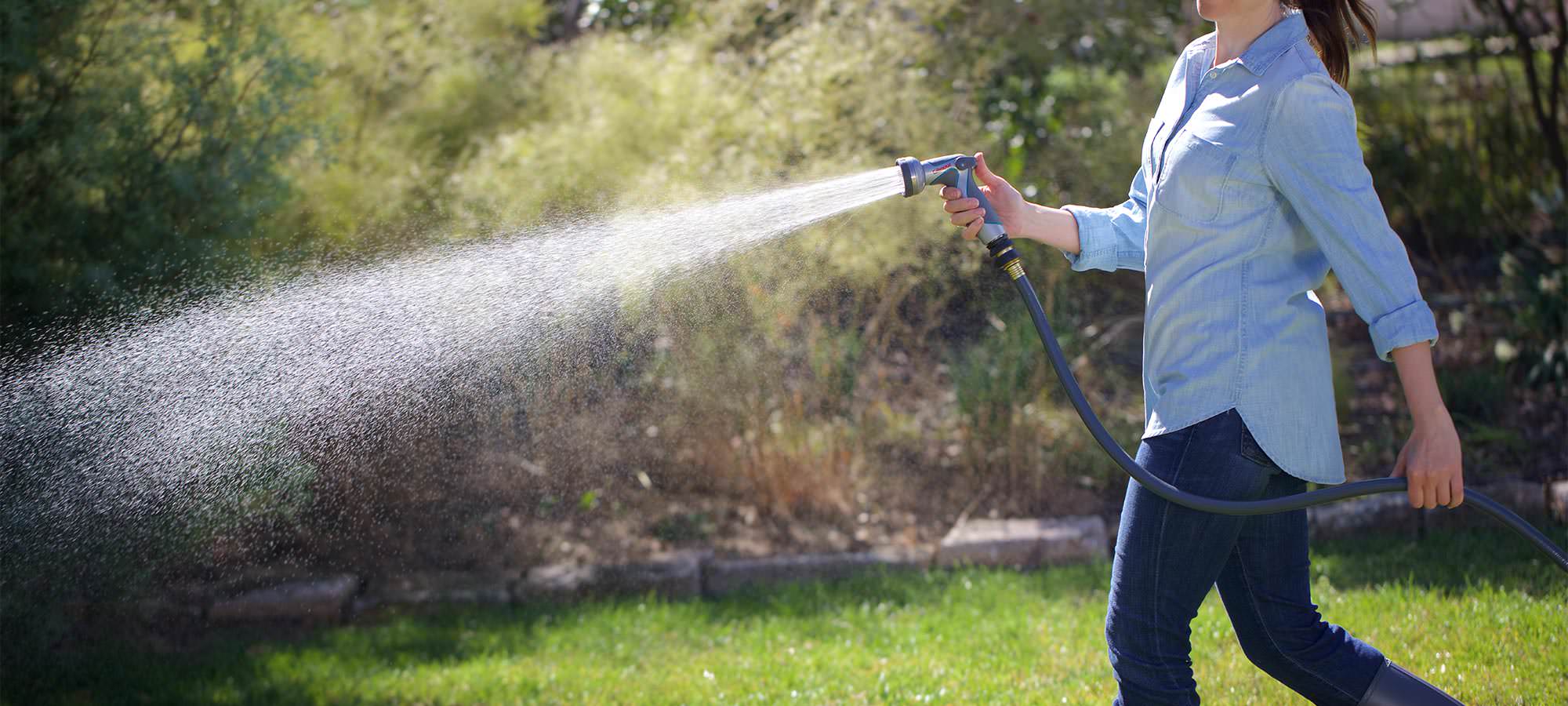
It probably goes without saying, but as soon as you see grass become dry or bluish gray, water it. Ideally, it should pop right back up after being stepped on. If it remains flat it needs watering, which is always best to do it in the early morning.
Everyone’s favorite chore is next – mowing the lawn. It not only keeps the grass looking neat and trim, but it actually limits the work the root system has to do. Mowing encourages the grass to expand. When the leaves are cut the plant must grow new ones in order to absorb sunlight. Then it can become thicker and heavier, resistant to weeds – the kind of lawn a family loves to frolic in. Mow often during the growing season, but be certain not to cut more than a third off the grass. It can cause it to lose much of its photosynthesizing ability. So don’t cut the grass too short, let it stay at about three inches tall. As far as mower settings, in fall, winter and spring you can set it lower (temperatures are lower and water is more abundant). But in the hot summer let it grow out, and set the mower to trim. You may even consider mixing up how you mow by way of the patterns you follow. Sharpen the mower blades often to ensure a clean cut.
So besides watering and mowing, what else can be done to bring out the best in your lawn? How about fertilizing? It’s a beneficial practice as it adds nutrients to the soil that in turn makes its way to the grass. Mowing regularly will facilitate rapid growth, so it’s going to need more nutrients and it 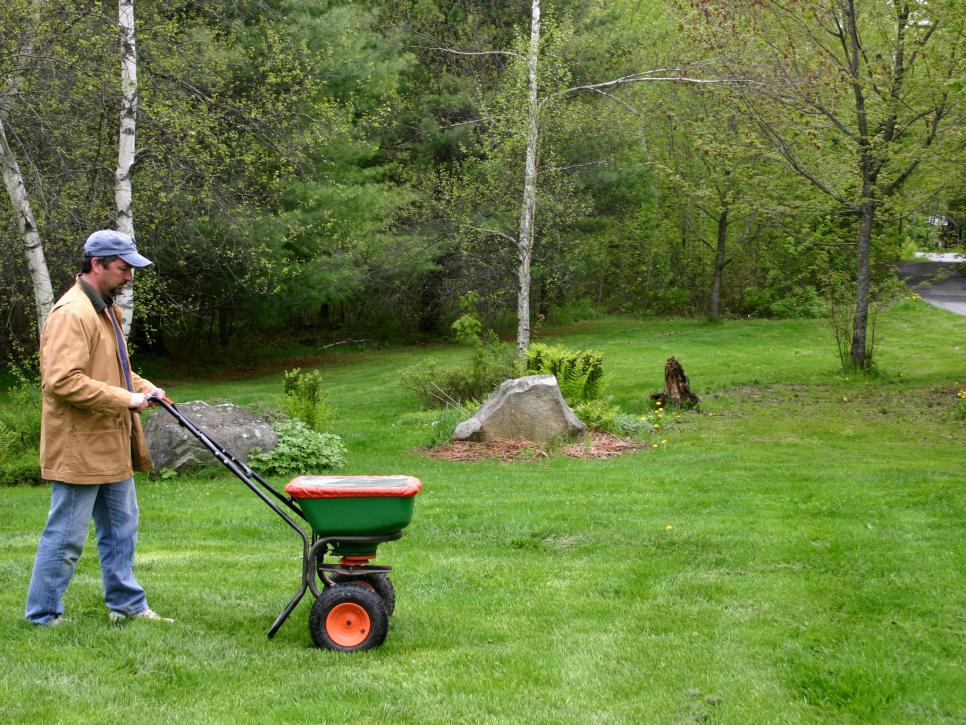 certainly helps if you feed it. There is an effective means of fertilizing that simply requires you to spread commercial granular fertilizer twice a year. It is slow activating and releases nutrients gradually over months. It’s a good idea to spread it during the fall, as it will strengthen the root structure and make it stronger. Natural fertilizers like compost and manure work well too.
certainly helps if you feed it. There is an effective means of fertilizing that simply requires you to spread commercial granular fertilizer twice a year. It is slow activating and releases nutrients gradually over months. It’s a good idea to spread it during the fall, as it will strengthen the root structure and make it stronger. Natural fertilizers like compost and manure work well too.
To further promote your lawn’s health, you can have it aerated. It’s a process that opens up compacted soil, and allows oxygen to reach the microbes to break down organic matter and enrich the soil. There are core-aerators that are manual and power driven that remove narrow sections of soil, forming shallow holes. Thereafter, air, water and organic material penetrate the holes and revitalize the ground.
One of the bigger hassles in lawn maintenance is the unpleasant necessity of pulling weeds, and it never ends. The good news is once your lawn is healthy it gets easier. Strong grass can actually crowd out the weeds. If there is weed abundance it could mean your soil is waterlogged or nutrient deficient. It may simply be a sign that you’re cutting the grass too short. But weeds are common and all you need to do is pull them when needed. If they are out of control try using a low toxicity herbicide (and spray the weeds ONLY).
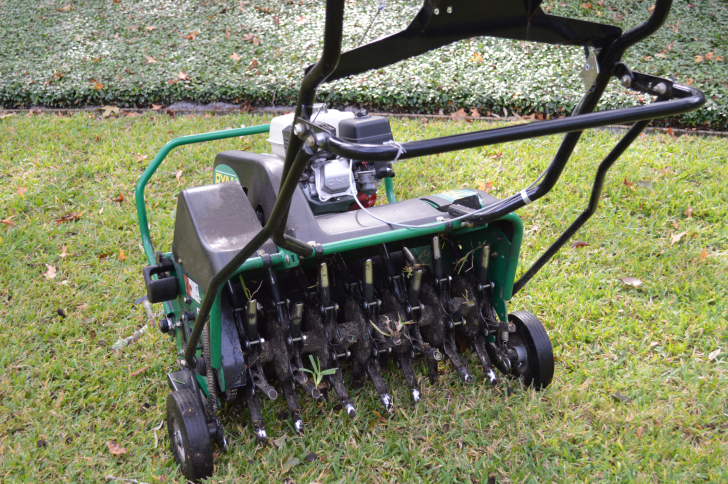
Also be mindful of thatch that collects around the base of plants. Contrary to popular belief “thatch” is not the resulting clippings from mowing, those actually break down quickly naturally. Thatch is comprised of dead culms and crowns. A small amount actually aids in water conservation because it can prevent evaporation, but a dense amount of it will keep air and water from getting to the soil. You may rent a power de-thatcher for serious cases.
With regular maintenance your lawn care responsibility becomes easier. You can have a lush green lawn and enjoy the healthy environment it provides.
